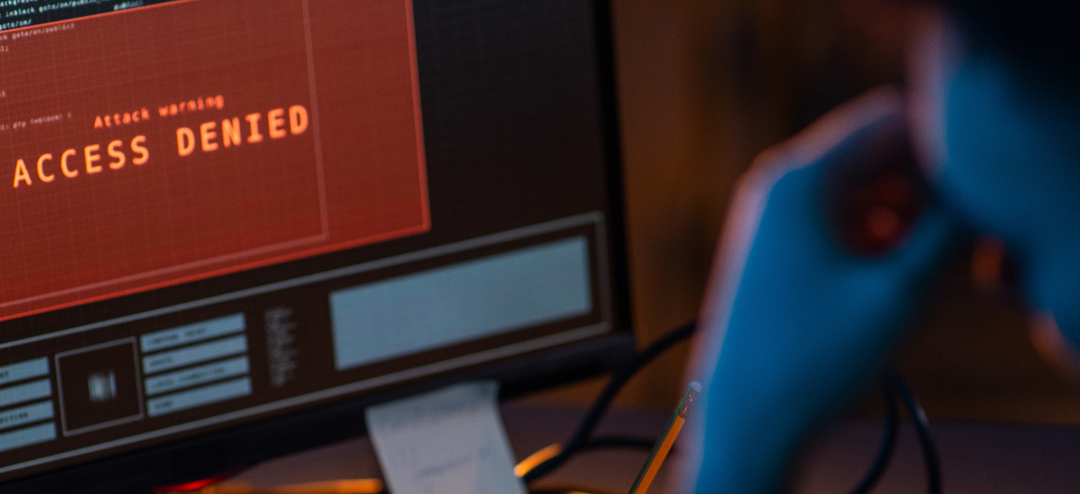SHOW

In today’s digital era, safeguarding sensitive data has become a top priority for companies, big and small alike. Protecting information from cyber threats and data breaches is a daunting task that requires constant vigilance and awareness of potential risks and vulnerabilities. However, despite the challenges, it is imperative for businesses to take necessary steps to ensure data security. Failure to do so may result in significant financial losses, damage to reputation, and legal consequences. Therefore, companies must invest in robust security measures and implement best practices to protect their data. This will help them safeguard their business and customers’ data, build trust, and maintain a competitive edge in the market.
Organisations that have suffered cyberattacks, as well as those that have been fortunate enough to avoid them, are exploring ways to strengthen their defenses and safeguard their data. However, they must carefully consider which plans, practices, and services they should invest in to achieve this goal.
Below are 4 steps businesses of all shapes and sizes can take to better protect themselves against cyber-attacks:
Understanding what information cybercriminals are after most is essential to combating cyber-attacks. Therefore, creating an inventory list of the valuable data and assets within your organisation, including manufacturer, model, hardware and software information, is of the utmost importance. In addition, take note of who has access to important data and information while also accounting for all storage locations. This practice will ensure that business leaders have a track record of accessibility so that they know where to look in case of a vulnerability or breach.
At the end of the day, protecting your data and devices from malicious actors is what cybersecurity is all about. In order to accomplish this, make sure your security software is current. Investing in the most up-to-date softwares, web browsers, and operating systems is one of the best defenses against a host of viruses, malware, and other online threats. Furthermore, make sure these devices have automatic updates turned on so employees aren’t tasked with manually updating devices. Additionally, make sure all data is being backed up either in the cloud or via separate hard drive storage.
Another important way to keep your assets safe is by ensuring staff are using strong authentication to protect access to accounts and ensure only those with permission can access them. This includes strong, secure and differentiated passwords. Using weak and similar passwords makes a hacker’s life a lot easier and can give them access to more materials than they could dream of. Finally, make sure employees are using multi-factor authentication. While this may result in a few extra sign-ins, MFA is essential to safeguarding data and can be the difference between a successful and unsuccessful breach.
Companies must always be on the lookout for possible breaches, vulnerabilities and attacks, especially in a world where many often go undetected. This can be done by investing in cybersecurity products or services that help monitor your networks such as antivirus and antimalware software. Moreover, make sure your employees and personnel are following all established cybersecurity protocols before, during, and after a breach. Individuals who ignore or disregard important cybersecurity practices can compromise not only themselves, but the entire organization. Paying close attention to whether your company is fully embracing all of your cybersecurity procedures and technology is incumbent upon business leaders.
No matter how many safeguards you have in place, the unfortunate reality is that cyber incidents still occur. However, responding in a comprehensive manner will reduce risks to your business and send a positive signal to your customers and employees. Therefore, businesses should have a cyber incident response plan ready to go prior to a breach. In it, companies should embrace savvy practices such as disconnecting any affected computers from the network, notifying your IT staff or the proper third-party vendors, and utilizing any spares and backup devices while continuing to capture operational data.